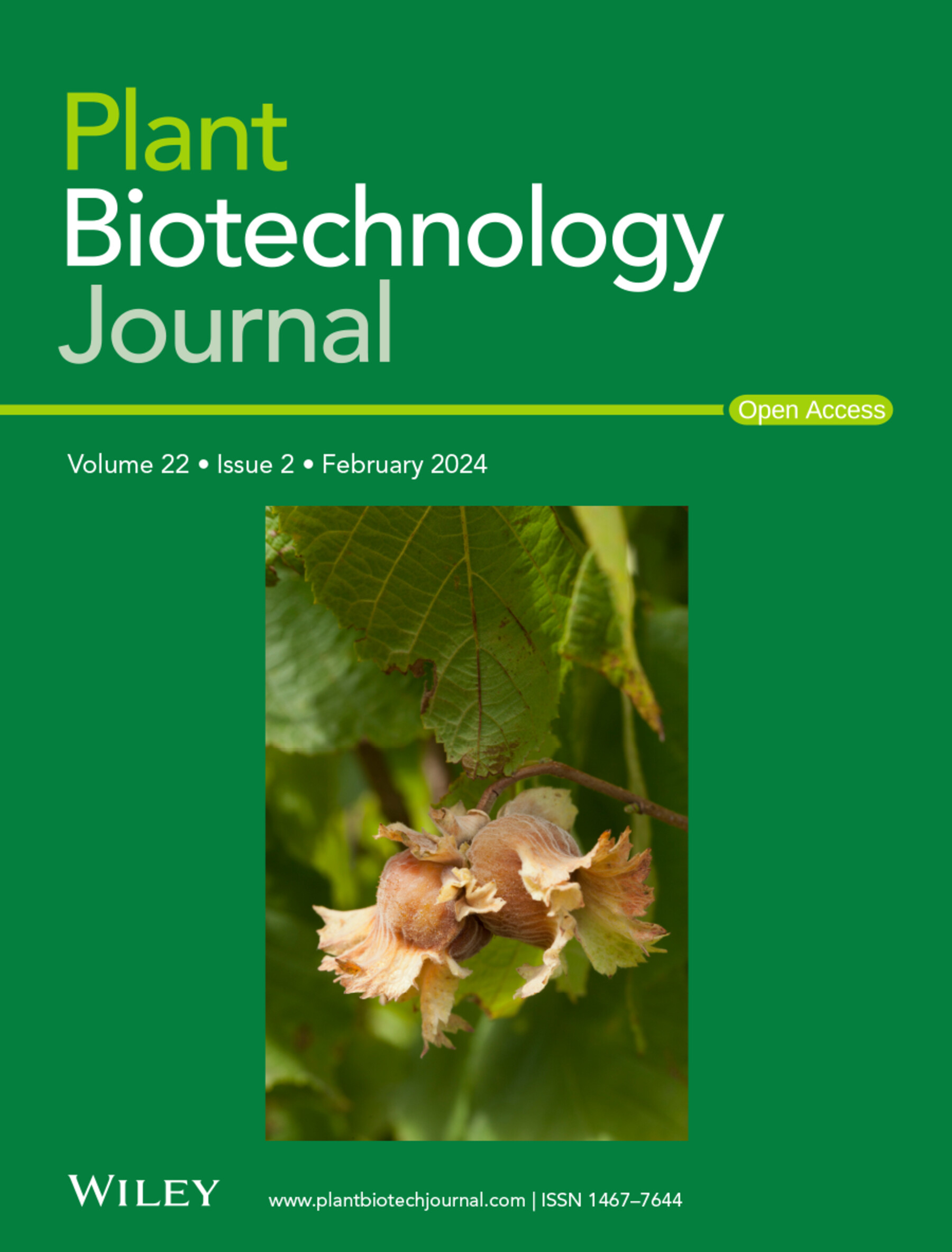ISDH-seq: a robust methodology for profiling and characterization of open chromatin
IF 10.1
1区 生物学
Q1 BIOTECHNOLOGY & APPLIED MICROBIOLOGY
引用次数: 0
Abstract
Profiling of open chromatin is essential for understanding regulatory mechanisms that govern DNA-templated events. However, methodology-dependent detection of open chromatin sites (OCSs) has been reported in both humans and plants. Therefore, there is a pressing need for any reliable orthogonal methodologies to broaden the identification of open chromatin across the genome, particularly in plants. We here report the development of an in situ DNase I hypersensitivity sequencing (ISDH-seq) for the efficient characterization of open chromatin, which can be applicable to 50–200 K nuclei. This technique identifies 72% and 120% more OCSs than newly generated DNase- and ATAC-seq from the same batch of tissues as ISDH, respectively, in the rice genome. As compared to DH-specific OCSs, ISDH-specific OCSs exhibit distinct epigenetic features, including relative hypomethylation, a higher frequency of OCSs associated with H3K27me3 and increased associations with spatial chromatin interactions. Genes with H3K27me3-enriched ISDH-specific OCSs tend to be more expressed in a stress- and tissue-dependent manner, which have significant biological implications. The functions of ISDH-specific OCSs may be mediated by TF-centred networks or through chromatin loops. Importantly, a subset of genes co-regulated by more ISDH-specific distal OCSs (dOCSs) through chromatin loops are more evolutionarily conserved than genes regulated by a single ISDH-specific trans-OCS, including domesticated genes responsible for important agronomic traits. Thus, ISDH-seq can enrich and expand regulatory landscapes, facilitating a better understanding of their biological implications across plant genomes. It could serve as a reliable method that complements existing techniques and can be adapted for use in non-plant systems.ISDH-seq:一个强大的方法分析和表征开放染色质
分析开放染色质对于理解dna模板事件的调控机制至关重要。然而,开放染色质位点(OCSs)的方法依赖性检测已经在人类和植物中报道过。因此,迫切需要任何可靠的正交方法来扩大整个基因组中开放染色质的鉴定,特别是在植物中。我们在此报告了原位dna酶I超敏测序(ISDH-seq)的发展,用于有效表征开放染色质,可适用于50-200 K的细胞核。该技术在水稻基因组中鉴定出的OCSs比新产生的DNase-和ATAC-seq分别高出72%和120%,这些OCSs来自与ISDH相同的一批组织。与dh特异性OCSs相比,isdh特异性OCSs表现出明显的表观遗传特征,包括相对低甲基化,与H3K27me3相关的OCSs频率更高,与空间染色质相互作用的关联增加。富含h3k27me3的isdh特异性OCSs基因往往更多地以应激和组织依赖的方式表达,这具有重要的生物学意义。isdh特异性OCSs的功能可能由以tf为中心的网络或染色质环介导。重要的是,由更多的isdh特异性远端ocs (docs)通过染色质环共同调控的基因子集比单个isdh特异性跨ocs调控的基因更具有进化保守性,包括负责重要农艺性状的驯化基因。因此,ISDH-seq可以丰富和扩展调控景观,促进更好地理解它们在植物基因组中的生物学意义。它可以作为一种补充现有技术的可靠方法,并且可以适用于非植物系统。
本文章由计算机程序翻译,如有差异,请以英文原文为准。
求助全文
约1分钟内获得全文
求助全文
来源期刊

Plant Biotechnology Journal
生物-生物工程与应用微生物
CiteScore
20.50
自引率
2.90%
发文量
201
审稿时长
1 months
期刊介绍:
Plant Biotechnology Journal aspires to publish original research and insightful reviews of high impact, authored by prominent researchers in applied plant science. The journal places a special emphasis on molecular plant sciences and their practical applications through plant biotechnology. Our goal is to establish a platform for showcasing significant advances in the field, encompassing curiosity-driven studies with potential applications, strategic research in plant biotechnology, scientific analysis of crucial issues for the beneficial utilization of plant sciences, and assessments of the performance of plant biotechnology products in practical applications.
 求助内容:
求助内容: 应助结果提醒方式:
应助结果提醒方式:


